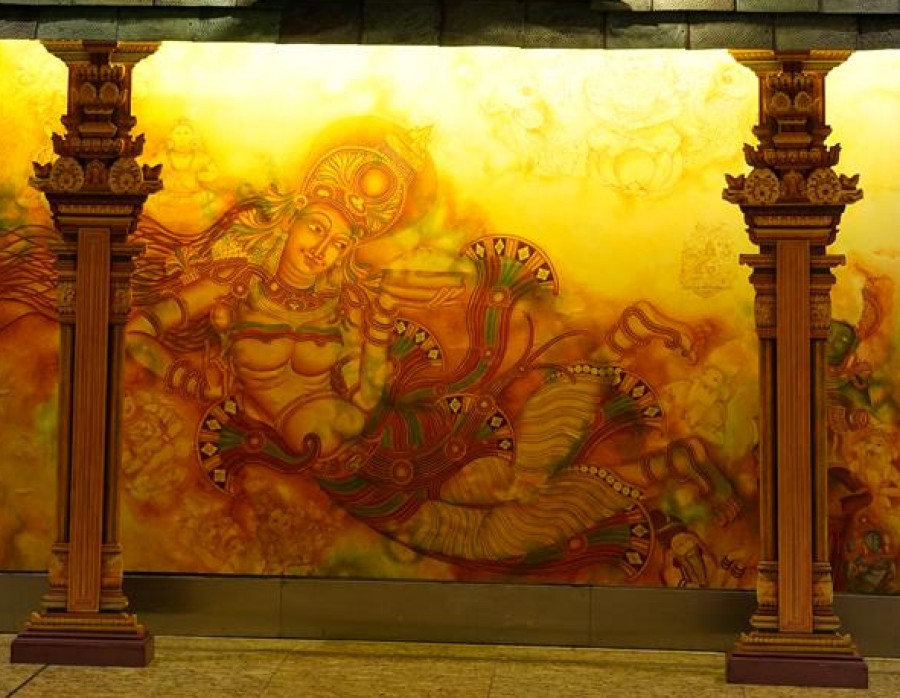WALKING TOWARDS GATE NO. 86 & 87
Throughout the Indian subcontinent, thresholds are invested with special meaning. They are spaces of transition between the public and the private, the sacred and the secular, connecting the external world with the realm within.
‘Silent Sentinels’ is composed of various architectural and sculptural elements traditionally featured in thresholds of homes, step wells and religious architecture. Toranas, arches, pillars mark the entrance, marking a space of transition, defining the line between entrance and exit. Totems, brackets, deities, guardian figures and angels carved on the façade or placed near the doorway serve as declarations of identity and belonging, as well as symbolically guard the entrance.
Silent Sentinels is an amalgamation of such architectural and sculptural metaphors encoded into the vocabulary of the Indian threshold, be it a grand entryway into a town, the markers that define the boundaries of a village, the gateways of a sacred building, or the humble doorways of a home.




-1600932037-1_crop.jpg)
-1600932038-1_crop.jpg)
-1600932038-1_crop.jpg)